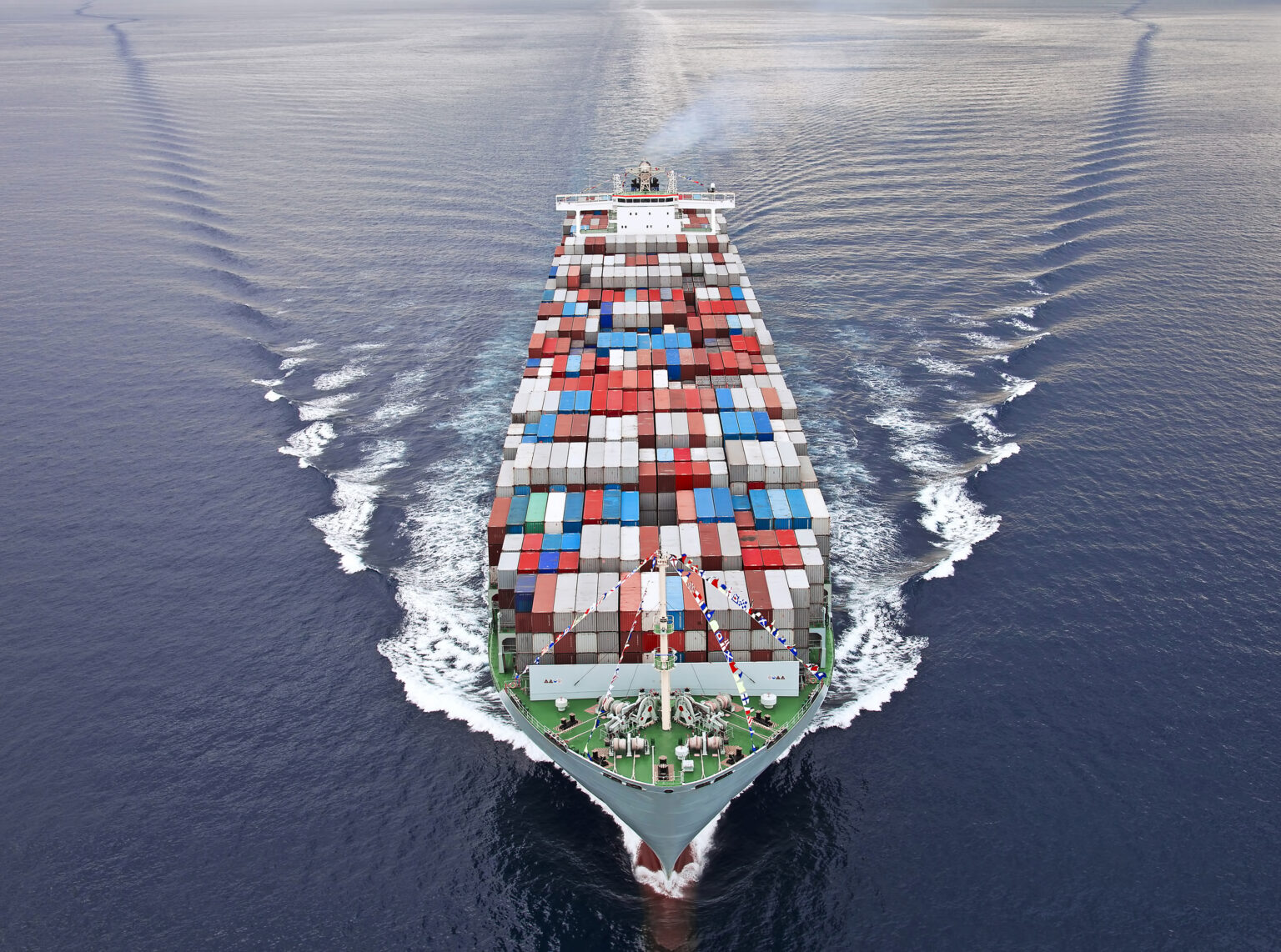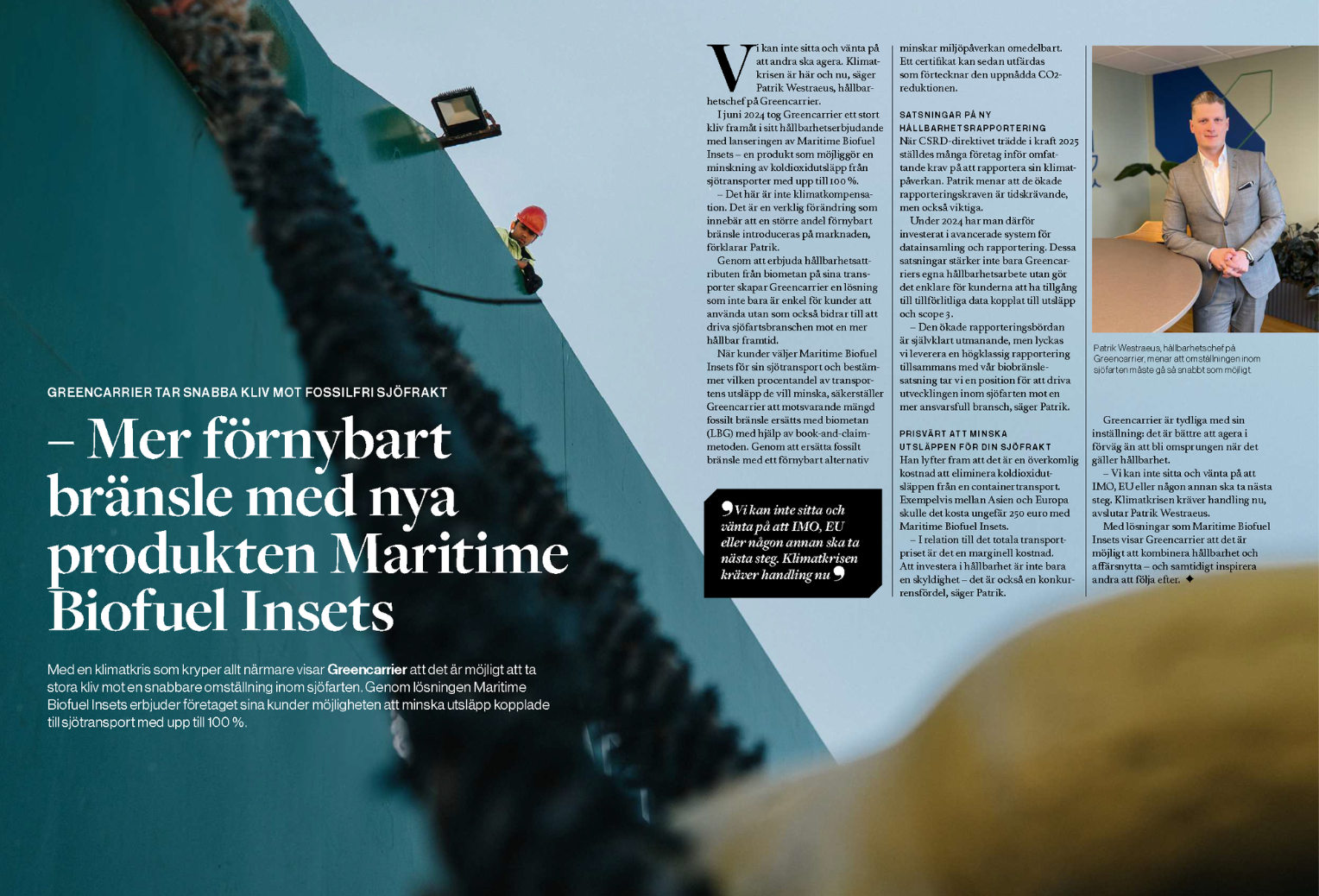Did you know that approximately 10% of all containerised goods are discarded by moisture related damages? This is an incredibly large amount that goes to waste, not only causing large economic losses, but also affecting our nature. So, what is causing container rain? And more importantly, how can it be prevented? In this article I will tell you just that, and also teach you a few tricks on how to protect your cargo.
The importance of moisture protection inside containers
Discharging ten percent of your cargo is very expensive in the long run. Looking at one consignment only, it may not be the end of the world, but looking at all shipments you do in one year – or ten years – the amount of money you lose is huge. Selling your cargo instead of having to discard it, could greatly benefit your profit. If your shipment is completely destroyed by moisture and fungus, you will have to discard everything, and make an additional transport for your customer. If the shipment is urgent you might even have to choose air freight instead of sea freight – which is much more expensive. In addition to large economic losses, and unnecessary waste of our nature, the effects of cargo damage can often translate into lost revenue, and jeopardise the credibility for manufacturers or retailers, of almost any product.
What is container rain?
Container rain is caused by changes in temperature, which occur when vessels pass different climate zones. A container that is loaded in a tropical environment, for example in Hong Kong, where the air is warm and humid, and then shipped to, for example Scandinavia, where temperatures are far cooler, will most likely suffer from cargo damage caused by container rain – if the container is not protected against moisture.
When ships travel between South Asia and Europe, and pass the Suez Canal, the container temperature could rise up to 80 degrees Celsius! What happens inside the container during transportation is that the warm, humid air condenses. Like the dew running down a can of coca-cola on a hot summer’s day, condensation begins to form on the cargo, the inner ceiling, and the walls of the container. Condensation takes place on the coldest available surface, and when the warmer air hits a colder surface (the container sealing), given the right heating and cooling cycles in the container, the moisture release could be so significant that it would seem to be “raining” from the ceiling. This could happen repeatedly every 24 hour unless the relative humidity (Rh%) is reduced. The container flooring by itself can hold up to 100 litres of water!
So, when your container arrives and the cargo is wet inside, and the interior smells of mould and mildew, this is most likely what has happened!
A few tricks on how to protect your cargo from moisture and fungus
Apart from temperature fluctuations, which you cannot affect, there are a few things you may want to consider to avoid container rain. In general, all containers hold moisture to some extent, as air always holds water (warm more than cold). But also the cargo may contain moisture. Cargo with a high fibrous construction, such as furniture, handicrafts, agricultural products, clothes and other fabrics, hold a certain amount of moisture at origin that can be released under the right cooling conditions. Also the packaging material, including pallets, cartons and cardboard, contains moisture. The type and amount of cardboard used, can greatly contribute to moisture release. When shipping containers over sea, take into account, both the material of your goods and the material of the packaging, and make sure to use the right packaging material for your cargo accordingly.
Using ventilation is a good fix to prevent the moisture from turning into container rain. A common mistake is to cover the ventilation inside the container, in the belief that moisture from outside will enter through the ventilation. This is completely wrong – the ventilation is there to remove excessive moisture! Covering it will only make it worse, as the humid air cannot be released when the humid air inside gets warmer, contributing to more container rain.
Another way to reduce the moisture inside containers is to make sure not to have the pallets standing outside. Wood absorbs moisture, especially if the air is warm and humid. A standard EUR-pallet can absorb up to 20 litres of water, and a standard 40 feet container accommodates about 40 pallets. Doing the maths, you will realise there can be a huge amount of water inside the container – 800 litres of water is almost like having two full bath tubs with water! The price of LCL consolidations is usually based on kilos and cubic meters. This means, if your cargo has an unnecessary weight, you will also pay an unnecessary amount of money. By paying attention to the details of your shipment, you may be able to reduce the likelihood of container rain, and protect your goods from moisture and fungus.
The best way to prevent containerised goods from getting damaged
If you are shipping high value goods that are fragile, or if your factors are such that there is a high probability of container rain, you should consider using desiccant. Desiccant prevents the build-up of moisture in the air to levels where it may cause damage. This is done by using absorbing bags based on calcium chloride, which is a liquid brine in its natural state, and is converted into a dry material by removing the water through heating. It will quickly and automatically absorb water from the surrounding atmosphere when exposed, in order to transform back to its natural state. This means you can close the container, open it weeks later, and the goods are still in perfect shape.
If you want to learn more about container rain, or if you are interested in what services we can offer to protect your cargo, do not hesitate to contact us!




